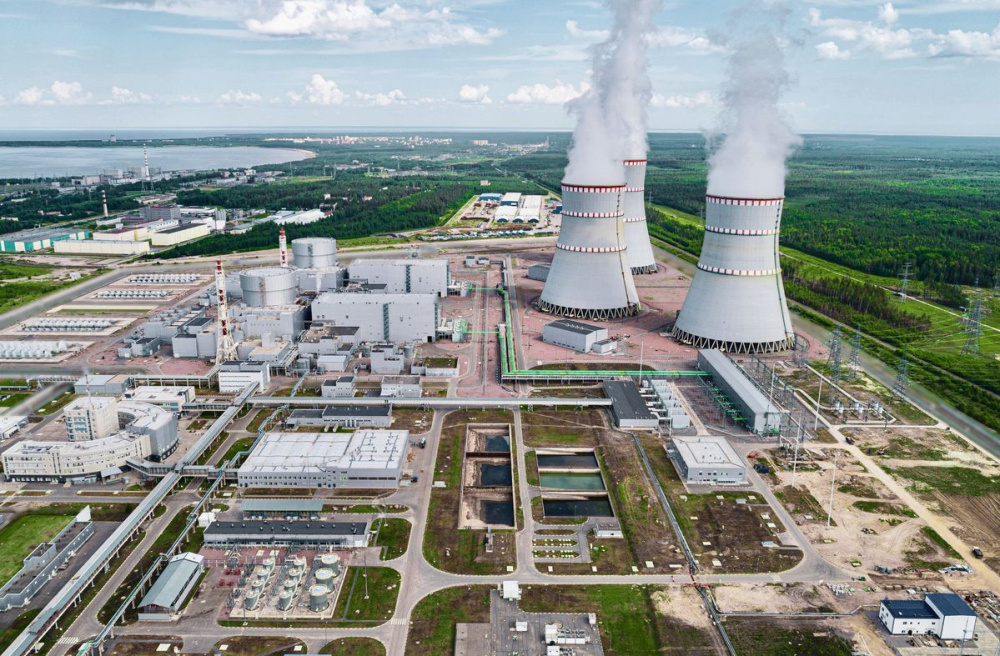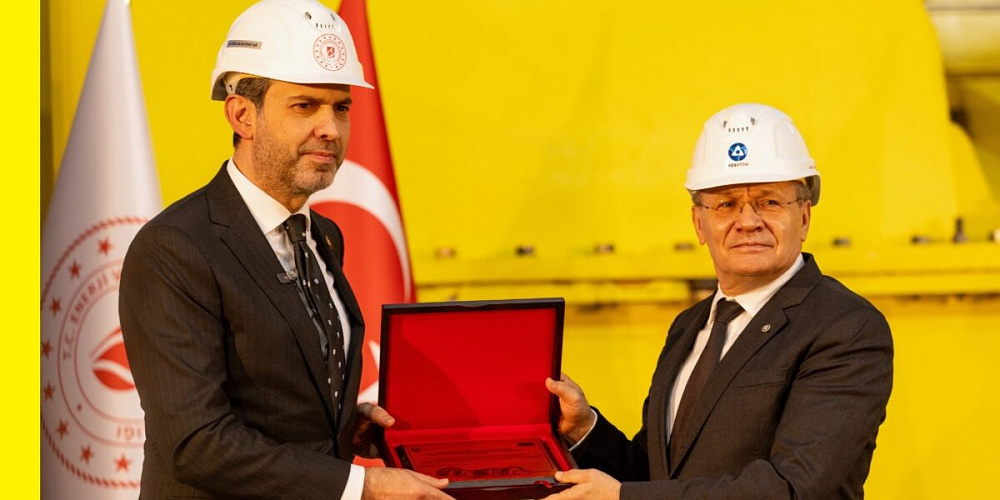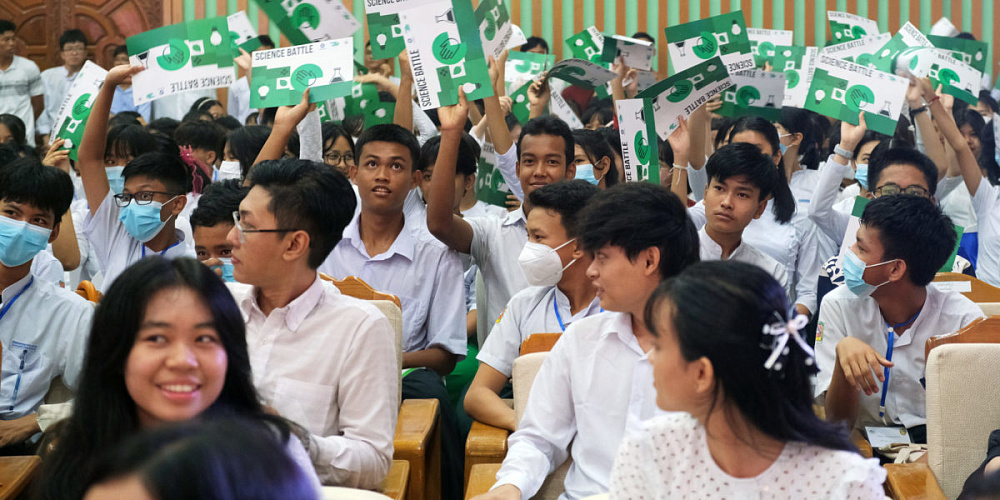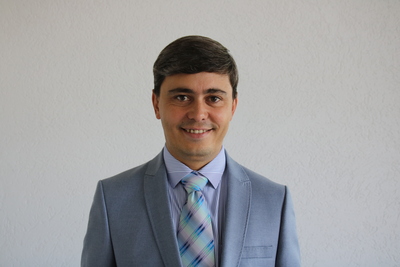The Russian-designed NPP chosen by the Republic of Kazakhstan for
construction consists of two VVER-1200 reactor units with a total capacity of
2,400 MW. This design has been developed in full compliance
with the recommendations of the International
Atomic Energy Agency (IAEA) and
the safety standards set by the EUR
Association and the Association of Western European Nuclear Regulatory
Authorities (WENRA). VVER-1200 belongs to the
generation 3+, which means that it
meets higher safety standards than previous generations and has improved
technical and economic performance.
VVERs are pressurized water reactors that use light water as both coolant and moderator. These reactors are considered to be some of the most reliable and safest in the world. They have proven their effectiveness through successful trouble-free operation for more than 1,400 reactor-years.
Six VVER-1200 units are already operating successfully: at Novovoronezh NPP-2 and Leningrad NPP-2 in Russia, as well as at the Belarusian NPP.
The guaranteed life cycle of a Russian-designed NPP
with GEN 3+ VVERs is 60 years with possible extension up to 80 years, which
means that during this period, local suppliers are involved in the
construction, supply of equipment, maintenance, service support, and
modernization of the NPP in collaboration with Russian specialists.
Based on the international
experience in building Russian NPPs, every dollar invested in a
Russian-designed NPP with two VVER-1200 reactors and a 20-30% localization
level is estimated to bring $1.9 in revenue for local suppliers, $4.3 in GDP
for the country, and $1.4 in tax revenues for the national budget. The combined
active and passive safety systems of the modern GEN 3+ NPPs ensure their safety
and provide a strong defense in deptheven
without operator intervention. The passive systems require no power supply.
Therefore, active and passive systems work together combining the speed and
controllability of active systems with the capability to operate without power
supply of the passive systems.
The safety system uses four
barriers that confine radioactive materials and prevent them from entering the environment. The first barrier is the fuel matrix, which
prevents fission products from escaping
under the fuel element's cladding. The cladding
is the second barrier that prevents
fission products from entering the
coolant in the main circulation circuit.
The third barrier is the the primary
circuit, which prevents fission products from escaping into the containment. Finally, the fourth barrier is a containment system that prevents the
release of fission products into the environment. Each barrier's integrity is ensured with corresponding safety systems,
both active and passive.
A significant achievement in the development of safety
systems for Russian NPPs is a core catcher. This
is a metal structure filled with special
cassettes containing so-called
"sacrificial material". In the event
of a hypothetical accident involving nuclear fuel
melting, the core catcher ensures that the corium is cooled and solidified. It also confines radioactive
gases and aerosols. The fuel and reactor components are kept in conditions that
prevent any further nuclear chain reactions from occurring..
The outer containment of the NPP is designed to withstand various external impacts, both natural and man-made, including aircraft crashes, earthquakes up to magnitude 8, tornadoes, and windstorms with speeds of up to 56 meters per second.. These include plane crashes, earthquakes measuring up to 8 points, tornadoes, and wind storms with speeds up to 56 meters per second.




